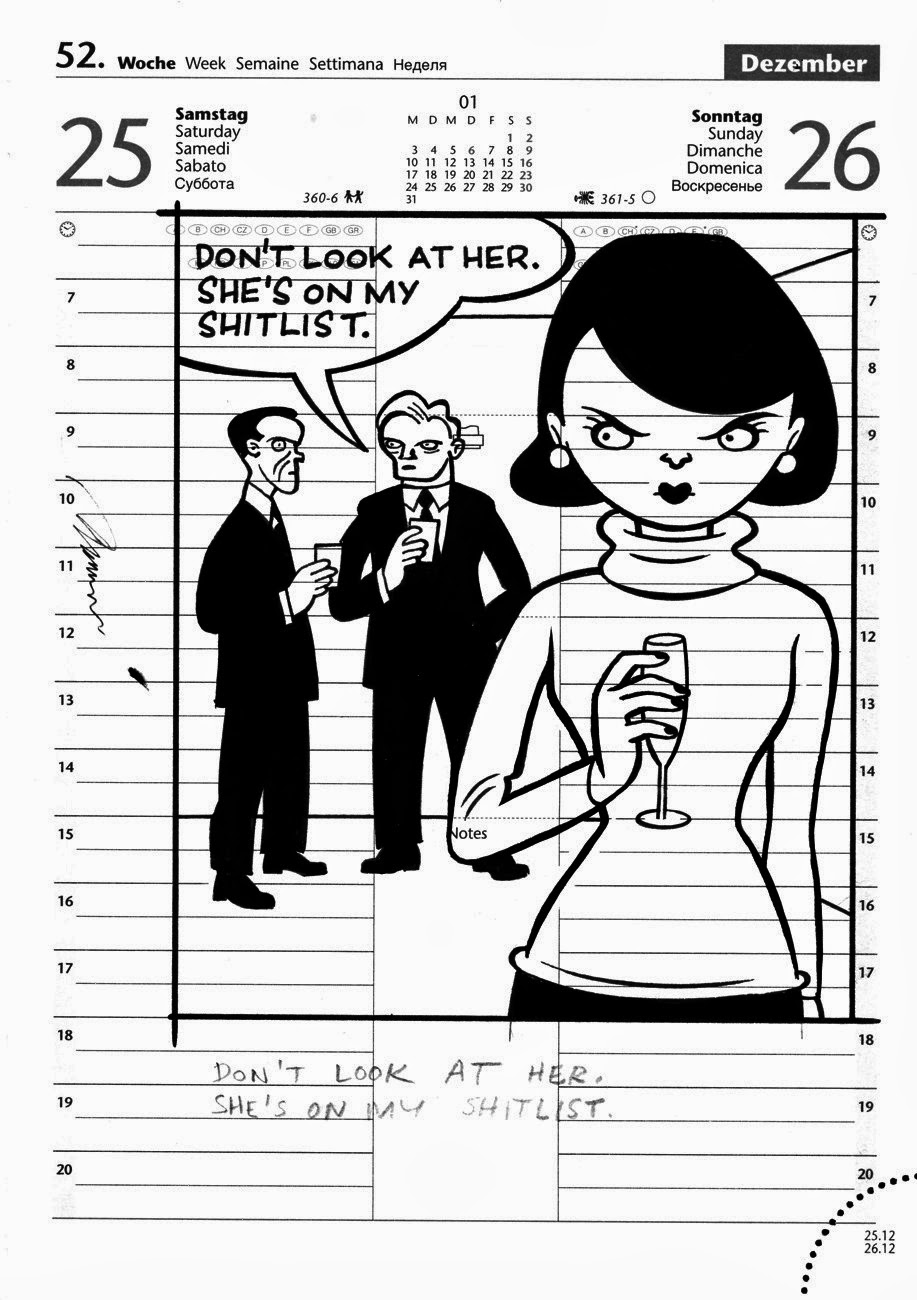 |
| Schwedenplatz, 20er Jahre |
 |
| Schwedenplatz, 20er Jahre, Strassenperspektive |
Alles wirklich retro, denn kein einziges der auf den postkarten abgebildeten gebäude existiert
noch, alle wurden 1945 zerstört. Das erste ( reklame- ) foto zeigt das berühmte Café Siller,
das "wohnzimmer der psychoanalyse" und der schauplatz des 3. kapitels von Doderers
" Die Dämonen": "...in diesem sehr großen Caféhause, das die ganze Langseite eines weiten
Platzes am Donaukanal einnahm und noch dazu zwei Stockwerke: gerade hier bekam man, und zwar
durch das Übertriebene des Zustandes, im ersten Augenblicke nach dem Eintreten ein richtiges
Bild von der eigentlichen Natur des Beisammenseins heutiger Menschen, ein Bild von visionärer
Klarheit. Denn das Stimmengewirre war so überaus gewaltig, daß der zwingende Eindruck
entstand, hier rede jeder und höre keiner zu."
H.v.Doderer, Die Dämonen, Biederstein 1973, S 87ff.
Im 2. foto zur werten beachtung:
- linksverkehr ( bis 1938 )
- die originalen stadtbahnstationen von O.Wagner
- die brückenpfeiler der alten schwedenbrücke, rechts im hintergrund die silhouette des alten
Dianabades
- das imposante eckhaus ecke Adlergasse/Schwedenplatz, es beherbergte ein anderes grosses
caféhaus, das " Schwedencafé". Die Adlergasse ist mit dem sie konstituierenden häuser-
block verschwunden.
Schwedenplatz in the 1920`s. Not one single building pictured on these postcards exists any more,
all were destroyed in WWII. There are two important novels staging 1920's Vienna: E.Canettis' "Autodafé "( Die Blendung ) in which the name of the city is never mentioned, but depicting the
city to it's very detail, and Heimito v. Doderer's " Die Dämonen" ( The Demons ), untranslated
to english to this day. In my edition, it is 1345 pages long, features more than 200 characters
and is hard to read, even for german-speaking people. Who would translate it for a readership of
( my estimate ) 2000 +/-? In the latter book, Café Siller is the scenery for chapter 3, "Topfenkuchen".
Schwedenplatz como era antes de la segunda guerra. Nada que se puede ver en los dos postales
ha sobrevivido. Café Siller era muy importante para los psicoanalistas, que solían
reunirse allí, separados según tendencia, claro. Y para gente como yo, que le gusta deambular
( más bien errar felizmente ) en mundos imaginarios. Este café es el escenario del capítulo tres
( Topfenkuchen ) de una novela importantísima de la narrativa austríaca: "Die Dämonen", de
Heimito von Doderer. Un ladrillo de 1345 páginas. No sé si existe traducción al castellano. "Las escaleras de Strudlhof"( Die Strudlhofstiege ), la obra cumbre del autor, sí se ha traducido, y bien, pero yo creo que entre el lectorado hispano no haya tenido mucho éxito. ( Lo mismo que pasó a "Bearn o la sala de las muñecas" de Lorenzo Villalonga traducida al alemán... )
PS. Lo de Heimito sí viene de Jaimito. Los padres del autor hicieron un viaje por España y a la
madre le gustaba tanto lo de "Jaimito" que lo germanizaron y ahí queda como nombre
único en la historia de nuestra literatura.































.JPG)



